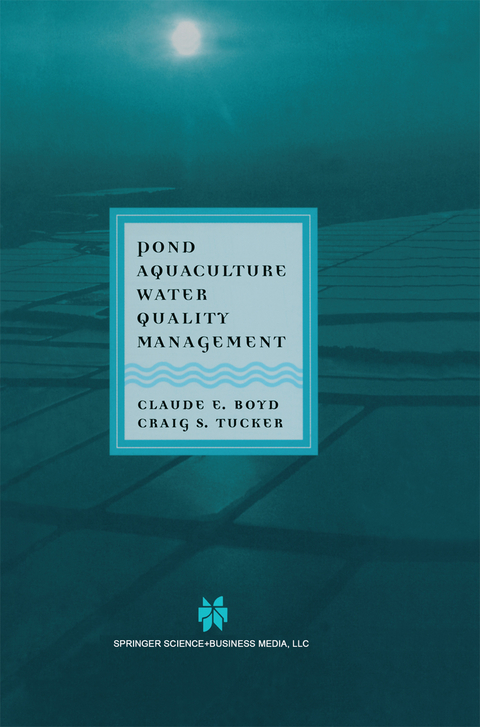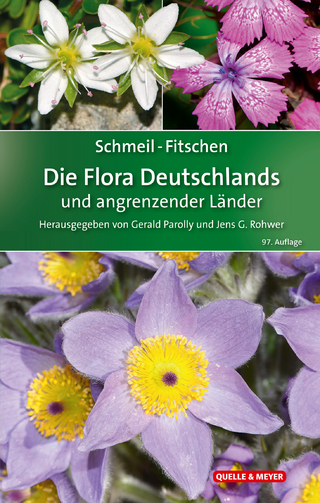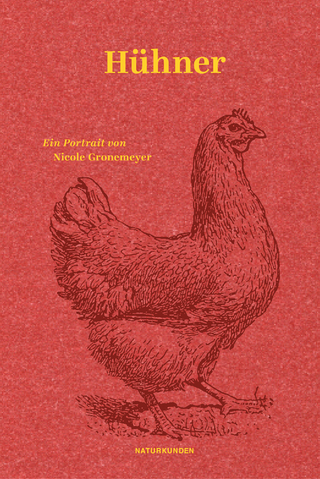
Pond Aquaculture Water Quality Management
Springer-Verlag New York Inc.
978-1-4613-7469-5 (ISBN)
1. Water Quality and Aquaculture: Preliminary considerations.- 1.1. Introduction.- 1.2. The Role of Pond Aquaculture.- 1.3. Water Quality Restraints.- 1.4. Water Quality Management.- 1.5. Water Quality Measurement.- 1.6. Prospectus.- 3. Water Quality Requirements.- 2.1. Introduction.- 2.2. Food Webs and Aquaculture Production.- 2.3. Aquaculture Production in Pond Culture Systems.- 2.4. Phytoplankton Communities.- 2.5. Carbon in Aquaculture Ponds.- 2.6. Nitrogen in Aquaculture Ponds.- 2.7. Phosphorus in Aquaculture Ponds.- 2.8. Fate of Nutrients and Organic Matter.- 2.9. Dissolved Oxygen in Aquaculture Ponds.- 3. Water Quality Requirements.- 3.1. Introduction.- 3.2. Aquatic Toxicology.- 3.3. Water Temperature.- 3.4. Salinity.- 3.5. pH.- 3.6. Total Alkalinity.- 3.7. Total Hardness and Calcium.- 3.8. Dissolved Oxygen.- 3.9. Carbon Dioxide.- 3.10. Dissolved Gas Supersaturation.- 3.11. Ammonia.- 3.12. Nitrite.- 3.13. Nitrate.- 3.14. Hydrogen Sulfide.- 3.15. Copper and Other Heavy Metals.- 3.16. Chlorine.- 3.17. Turbidity.- 4. Water Use.- 4.1. Introduction.- 4.2. Types of Ponds.- 4.3. Water Budgets.- 4.4. Water Requirement for Aquaculture.- 4.5. Water Exchange.- 4.6. Water Conservation Techniques.- 5. Liming.- 5.1. Introduction.- 5.2. Liming Materials.- 5.3. Effects on Water Quality and Fish Production.- 5.4. Identification of Ponds Needing Lime.- 5.5. Soil Characteristics and Liming.- 5.6. Lime Requirement.- 5.7. Liming Practices.- 5.8. Acid Rain.- 6. Fertilization.- 6.1. Introduction.- 6.2. Chemical Fertilizers.- 6.3. Manures.- 6.4. Principles of Pond Fertilization.- 6.5. Review of Fertilization Trials.- 6.6. The Practice of Pond Fertilization.- 7. Aeration.- 7.1. Introduction.- 7.2. Aeration and Production.- 7.3. Mechanical Aerators.- 7.4. Gravity Aeration.- 7.5. Aerator Performance.- 7.6. Improved Design for Paddle-Wheel Aerators.- 7.7. Practical Considerations.- 7.8. Predicting Dissolved Oxygen Concentrations.- 8. Water Circulation.- 8.1. Introduction.- 8.2. Temperature and Stratification.- 8.3. Devices for Circulating Pond Water.- 8.4. Measurement of Water Circulation.- 8.5. Effects of Water Circulation.- 9. Turbidity and Appearance of Water.- 9.1. Introduction.- 9.2. Measurements of the Appearance of Water.- 9.3. Enhancing Turbidity.- 9.4. Sources of Turbidity.- 9.5. Sedimentation in Ponds.- 9.6. Settling Basins and Erosion Control.- 9.7. Turbidity Removal from Pond Waters.- 10. Aquatic Weed Control.- 10.1. Introduction.- 10.2. Common Aquatic Weeds.- 10.3. The Occurrence of Weed Problems.- 10.4. Management of Aquatic Weed Problems.- 10.5. General Pond Management Practices.- 10.6. Biological Control.- 10.7. Chemical Control.- 10.8. Control of Phytoplankton Blooms.- 11. Off-Flavors and Harmful Algae.- 11.1. Introduction.- 11.2. Off-Flavors.- 11.3. Harmful Algae.- 12. Pollution.- 12.1. Introduction.- 12.2. Toxicity Tests.- 12.3. Types of Pollution.- 12.4. Toxicity Investigations.- 12.5. Protection from Pollution.- 13. Chemical, Physical, and Biological Treatments.- 13.1. Introduction.- 13.2. Oxidants.- 13.3. Piscicides.- 13.4. Toxic Metabolites and pH.- 13.5. Therapeutants.- 13.6. Probiotics.- 13.7. Bactericides.- 13.8. Miscellaneous Treatments.- 13.9. Registration of Chemicals.- 13.10. Application of Chemicals to Ponds.- 14. Waste Management.- 14.1. Introduction.- 14.2. Source of Nutrients and Organic Matter.- 14.3. Fate of Nutrients and Organic Matter.- 14.4. Sources of Suspended Solids.- 14.5. Volume of Effluents.- 14.6. Composition of Pond Effluents.- 14.7. Water Quality Improvement through Pond Management.- 14.8. Effluent Treatment.- 14.9. Environmental Effects.- 14.10. Solid Wastes.- 14.11. Effluent Regulations.- 14.12. Best Management Practices.- 15. Measurement of Water Quality.- 15.1. Introduction.- 15.2. Variability of Water Quality.- 15.3. Types of Water Assessment Programs.- 15.4. Guidelines for Sampling Programs.- 15.5. Water Samplers and Sample Storage.- 15.6. Water Analysis Kits and Portable Meters.- 15.7. Data Analysis and Records.- 16. Sustainability and Environmental Issues.- 16.1. Introduction.- 16.2. Environmental Concerns.- 16.3. Food Safety Considerations.- 16.4. Social Concerns.- 16.5. Sustainability.- 16.6. Environmental Impact Assessment.- 16.7. Impact Mitigation.- 16.8. Rehabilitation.- 16.9. Demonstration and Education.- 16.10. Industry Efforts.- References.
| Zusatzinfo | XV, 700 p. |
|---|---|
| Verlagsort | New York, NY |
| Sprache | englisch |
| Maße | 155 x 235 mm |
| Themenwelt | Sachbuch/Ratgeber ► Natur / Technik ► Naturführer |
| Naturwissenschaften ► Biologie ► Ökologie / Naturschutz | |
| Naturwissenschaften ► Biologie ► Zoologie | |
| Technik ► Lebensmitteltechnologie | |
| Weitere Fachgebiete ► Land- / Forstwirtschaft / Fischerei | |
| ISBN-10 | 1-4613-7469-3 / 1461374693 |
| ISBN-13 | 978-1-4613-7469-5 / 9781461374695 |
| Zustand | Neuware |
| Haben Sie eine Frage zum Produkt? |
aus dem Bereich


